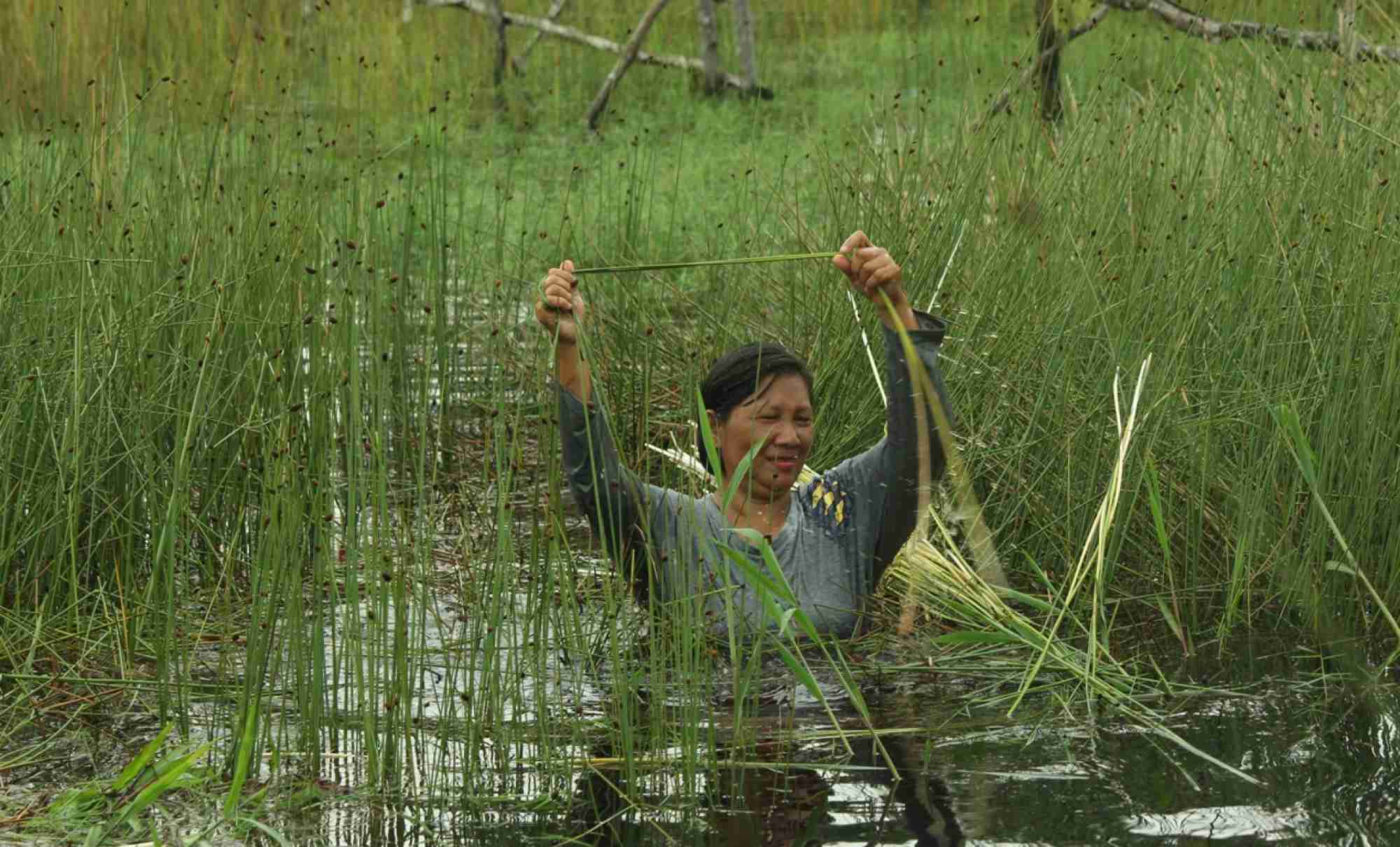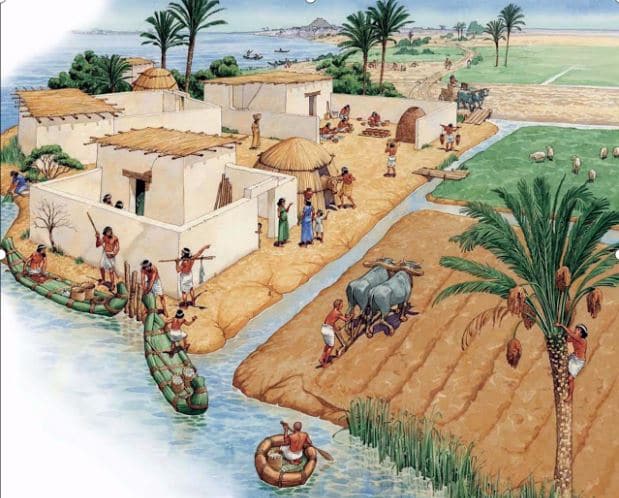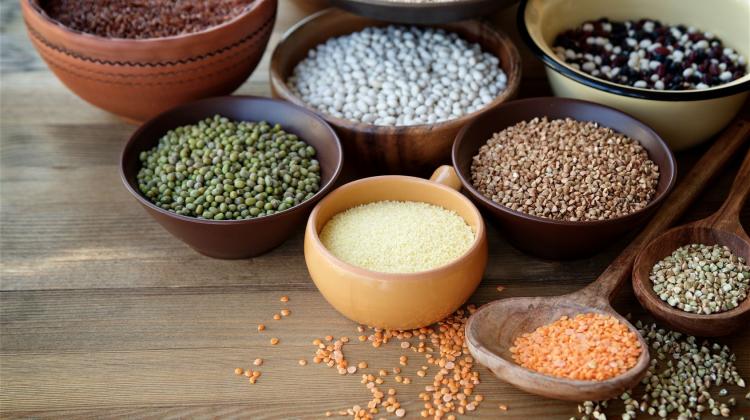Most women in remote areas have difficulties to access cash money and it results in stagnant poverty next to unimproved education and healthcare. Driven by this fact, Du’Anyam was established to empower women while promoting their local culture. In its fifth-year, Du’Anyam has engaged the women and the households in three areas: Flores, East Borneo, and Papua. Traditionally, many mothers and young girls in those regions make wicker craft in their spare time. They sometimes offer the product to merchants or go to the market to sell them to support the family’s livelihood. In Flores, the wicker crafts are made lontar (Borassus flabellifer) while the women in East Borneo and Papua use rattan and Waru tree skins, respectively. Knowing the potential, the people of Du’anyam leverage this local wisdom to improve the welfare of local people. Training and workshops are conducted to improve the quality and value of the product while the supply chain is enhanced to increase the benefit for the household producer. As a result, the women secure an increase of 40% on their side income with farming still as their main occupation.
In another story, there is Charles Toto, a member of Jungle Chef – a group of people who promote the idea that forest can offer the best experience to enjoy local cuisine. For a long time, people in Papua use forest as a market where they can procure everything for their daily needs. Native to tropical southeastern Asia, sago palm (Metroxylon sagu) is a versatile plant which its parts can be used to provide food, cloth, even housing. Although there is now a shift of taste among the people of Papua, the Chef wish to preserve the use of local ingredients in its culinary and to advertise to even wider audiences.

Both stories above are actually connected as to provide more reasons to protect the local ecosystem which in this case is the peatland. The main takeaway from Du’anyam narrative is that there is a massive opportunity to conserve the peat area while at the same time improving the local livelihood. According to Du’anyam research, the global market of wicker products has a high demand for craftsmanship. The current wicker materials from the three different regions are locally and abundantly available. However, the market is also continuously searching for new materials. Purun (Lepironia articulata) is a member of sedge family that naturally grows in swamp area. In Indonesia, we can find Purun most commonly in Central and South Kalimantan. The flexible yet strong feature of its leaves made Purun be used as wicker craft material. In a village called Bararawa in South Kalimantan, the team of Pantau Gambut has been empowering the household to make marketable wicker products made of purun. Meanwhile, the effort to popularize sago, especially as a culinary ingredient, is carried out with the expectation that the demand for sago will increase. The increasing demand in sago consumption can be leveraged as a driver to conserve peat ecosystem where sago tree thrives. By introducing and popularizing the idea to make use of peat commodities, we indirectly contribute to the conservation of peat ecosystem since the commodities are native to it and required a healthy ecosystem to grow. It will also positively affect the livelihood of the locals who make the end products. In general, there are ways to attract and drive people to conserve the ecosystem while benefiting society at the same time.





